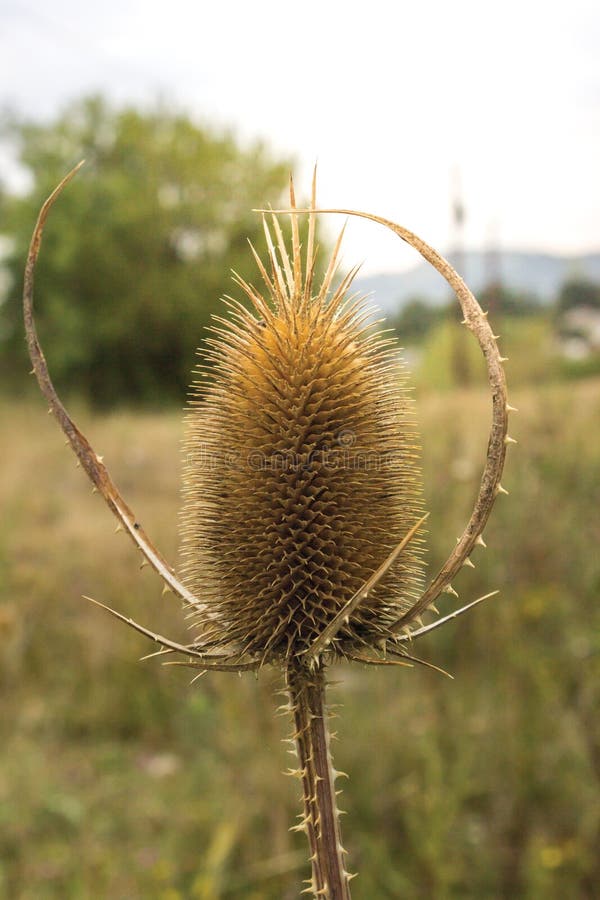


Japanese knotweed, also known as Asian knotweed, Japanese bamboo, or Reynoutria japonica, is a large perennial plant indigenous to Japan, China, and Korea.

Its fruits are spiny green or reddish-purple capsules that contain large, oval, bean-like seeds with different brownish patterns.Ĭastor bean is considered an invasive plant in several countries, particularly in the tropics. The color of the leaves is typically dark reddish-purple when the plant is young and gradually changes to a dark green when the plant reaches maturity. It has large glossy leaves, similar in shape with an open palm that has about 5 to 11 fingers, with prominent centered veins that unite with the leaf stem. Ricinus has a thick stalk, which is usually of a purple-to-reddish color. You can typically recognize this plant by the following particularities. All its parts, especially the beans-like-seeds, contain a deadly naturally occurring toxin called “ricin.” Ricin can be lethal for both humans and animals. Ricinus communis by Emőke Dénes / CC BY-SAĭespite its pleasant appearance, Ricinus is one of the most poisonous plants in the world. It is a part of Helianthus, a genus including about 70 species of plants. SunflowerĬommon sunflower is a large annual herbaceous flowering plant generally grown for its seeds. Plus, due to its toxicity, it’s a real threat for children, pets, and livestock. It can form dense bushes and overwhelm other plants. When pokeweed doesn’t carry fruits, you should be able to recognize this plant by its thick purple stems with green-to-white flowers or lance-shaped green leaves.īecause its ability to spread quickly, pokeweed is considered an invasive and harmful weed. The easiest way to identify pokeweed is by its fruits that look like berries, or similar to a black grape with small rounded grains. However, there are some species of birds and small animals that are immune to this poisonous substance and consume them. Its fruits look like berries but are also very toxic. Pokeweed holds a potent toxin, which is extremely poisonous to humans, pets, cattle, and other farm animals. This plant has several other names such as phytolacca Americana, dragon berries, American pokeweed, or poke sallet. Pokeweed is a perennial weed in the Phytolaccaceae family, native to eastern North America, the Midwest, and the Gulf Coast, as well as to some European and Asian countries. Yet, during winter, it makes some brown fruits, which many find ugly. When it matures, paulownia grows into a lovely flowering tree. It has a thick and tall stalk and large flat green leaves. When are only saplings, the paulownia tree can be easily mistaken with a gigantic weed if you’ve never seen one before. Hence, it is not unusual for these trees to expand even five meters in a single year. In several regions of the US, shrubs from the paulownia genus are considered an invasive species due to their fast-growing nature. This plant is native to central and western China and is often used as a decorative plant in landscaping across the world. Paulownia is one of the fastest-growing trees in the world and belongs to a genus of about 17 species of flowering plants in the family Paulowniaceae. Paulownia Tree Saplings by Bazsek / CC BY-SA So, here are some mysterious plants that could match this description. While a blooming agave is probably the champion when it comes to plants with tall thick stalks, I have omitted from including it in the following list because it’s not usually a plant that simply pops in someone’s yard out of the blue. Others are harder to recognize when they are young. Some of these plants have more particularities, hence, they are easier to identify in any life stage. That also gave me the idea of making a list of tall weeds with thick stalks that sometimes grow unexpectedly on someone’s property. I didn’t know either because it was not a plant I’ve seen before.įortunately, I had a few apps for identifying plants installed on my phone and I was able to quickly find out the name of the weed by simply taking a photo of one of its leaves. He didn’t know if that was a weed or some kind of tree. Tall weeds with thick stalks are invading your yard or garden and don’t know what kind of plants are those? I made a list of plants with thick and tall stems to help you identify the intruders.Ī few days ago, my friend has asked me if I can help him identify a plant with a thick stalk and large leaves that was growing in a corner of his yard.


 0 kommentar(er)
0 kommentar(er)
